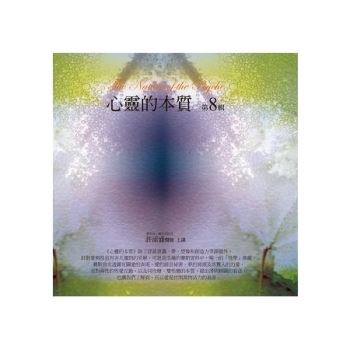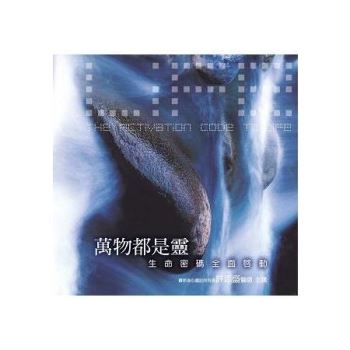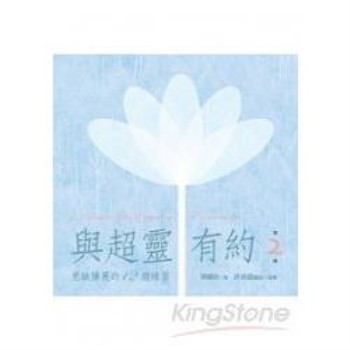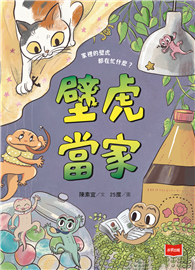Disgust is a strong, immediate visceral reaction. While it may feel like a purely instinctive response, the cultural meanings ascribed to particular objects, bodies or behaviours play a significant role in determining whether or not they are experienced as disgusting. This interplay between bodies and ideas makes disgust a powerful source of metaphor in narrative fiction. For women’s writing, disgust is particularly problematic due to a misogynistic tradition in which the female body has often been coded as disgusting.
This book offers a comparative study of recently published texts by eight female authors writing in French and German - Marie Darrieussecq, Amélie Nothomb, Lorette Nobécourt, Alina Reyes, Sibylle Berg, Jenny Erpenbeck, Monika Maron and Charlotte Roche - in terms of an aesthetics of disgust and asks to what extent disgust can be seen as a useful tool for feminist criticism. Since the late 1990s there have been increasing levels of academic interest in disgust in various disciplines, ranging from clinical psychology to aesthetics and moral philosophy. As one of the first full-length studies to consider literary uses of disgust, this book both contributes to the emerging field of disgust theory and offers a new contribution to the study of women’s writing.
| FindBook |
有 1 項符合
Representing Repulsion: The Aesthetics of Disgust in Contemporary Women’s Writing in French and German的圖書 |
 |
Representing Repulsion: The Aesthetics of Disgust in Contemporary Women’s Writing in French and German 作者:Jones 出版社:Peter Lang Gmbh, Internationaler Verlag Der W 出版日期:2013-08-29 語言:英文 規格:平裝 / 286頁 / 22.4 x 14.7 x 1.5 cm / 普通級 |
| 圖書館借閱 |
| 國家圖書館 | 全國圖書書目資訊網 | 國立公共資訊圖書館 | 電子書服務平台 | MetaCat 跨館整合查詢 |
| 臺北市立圖書館 | 新北市立圖書館 | 基隆市公共圖書館 | 桃園市立圖書館 | 新竹縣公共圖書館 |
| 苗栗縣立圖書館 | 臺中市立圖書館 | 彰化縣公共圖書館 | 南投縣文化局 | 雲林縣公共圖書館 |
| 嘉義縣圖書館 | 臺南市立圖書館 | 高雄市立圖書館 | 屏東縣公共圖書館 | 宜蘭縣公共圖書館 |
| 花蓮縣文化局 | 臺東縣文化處 |
|
|
圖書介紹 - 資料來源:博客來 評分:
圖書名稱:Representing Repulsion: The Aesthetics of Disgust in Contemporary Women’s Writing in French and German
內容簡介
作者簡介
Katie Jones is Lecturer in French at the University of Nottingham. She previously completed an MA in Modern and Contemporary German Studies in 2004 and a PhD in Comparative Literature in 2009 at the University of Nottingham. From 2008 to 2010 she taught in the Department of English at the Université de Paris VII (Denis Diderot).
|










